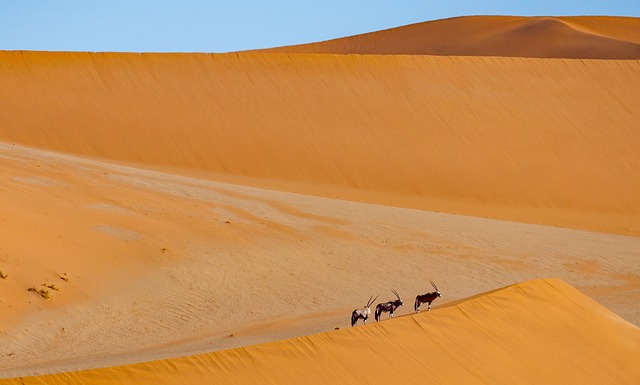💪 Support independent web, support us:
2. Fish River Canyon
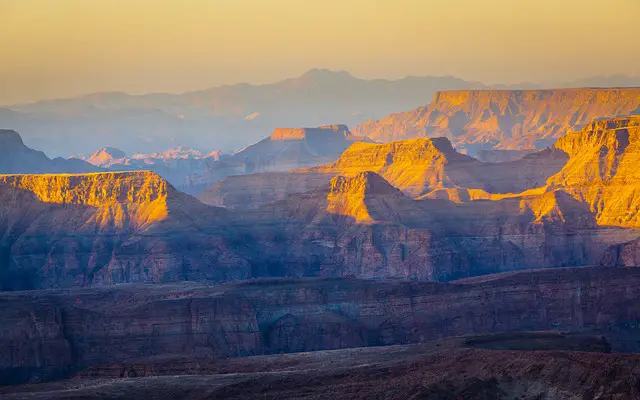
3. Etosha National Park
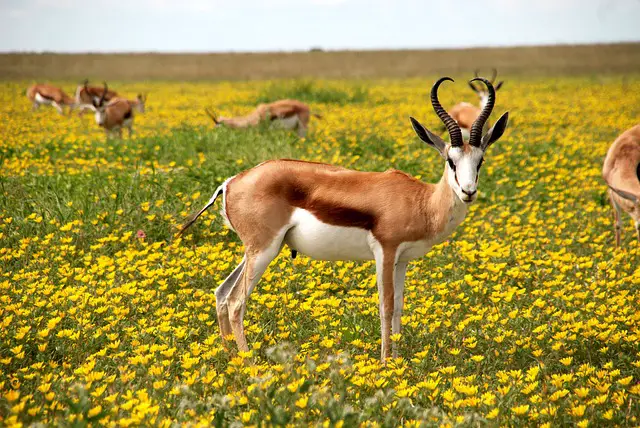
Insider travel tips: Visit during the dry season (May-October) for the best wildlife sightings.
4. Twyfelfontein Rock Engravings
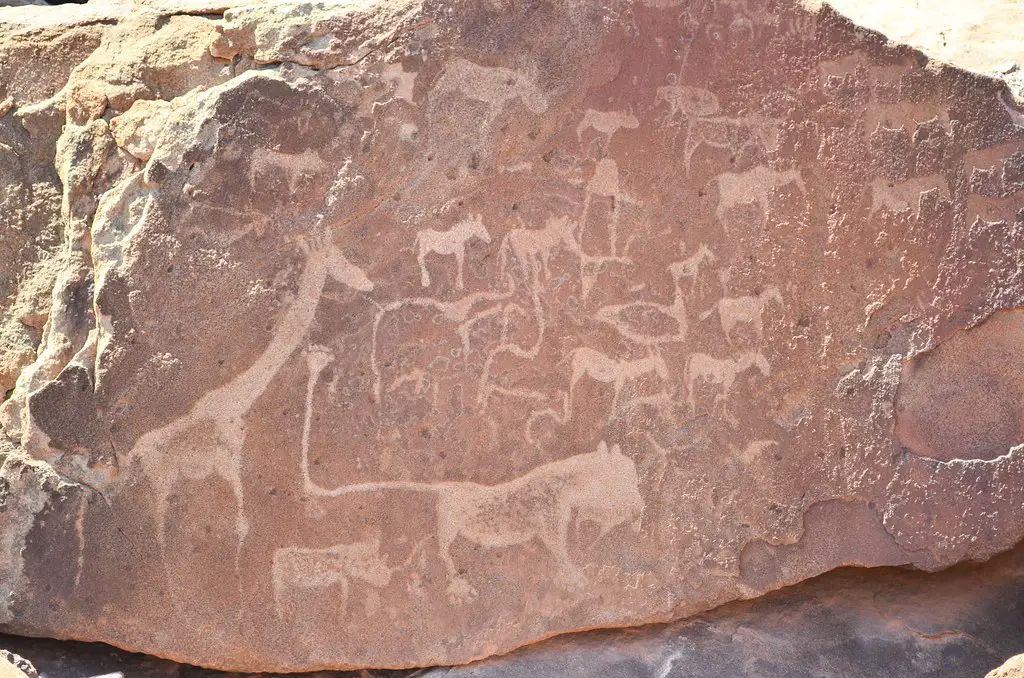
What to see or do: Admire the beautiful rock formations and marvel at the intricate engravings depicting animals, hunters, and tribal rituals.
Don’t miss: The Lion Man, one of the most well-known engravings in the area and the geological formations.
Insider travel tips: Wear comfortable, closed-toe shoes and bring water as the area can be hot and dusty.
Also, be sure to hire a local guide to get the most out of your visit and to learn about the history and culture of the area.
5. Spitzkoppe
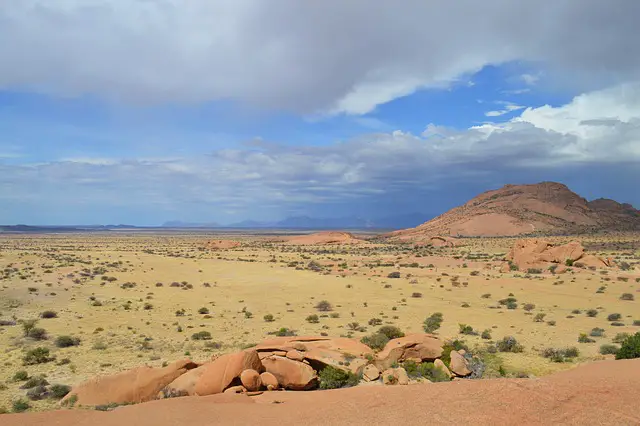
A group of granite peaks in Namibia’s Namib Desert.
What to see or do: Hiking, camping, stargazing, rock climbing, and exploring ancient rock paintings.
Don’t miss: Watching the sunrise or sunset over the unique rock formations, including the famous “Matterhorn of Namibia” peak.
Insider travel tips: Bring plenty of water and sun protection as the desert heat can be intense. Camping is the best way to fully experience the beauty of the area, and there are several campsites available.
Those planning to hike or climb should come prepared with proper equipment and clothing.
Wildlife such as baboons and hyenas also call Spitzkoppe home, so be mindful of your surroundings and keep a safe distance.
6. Cape Cross Seal Reserve
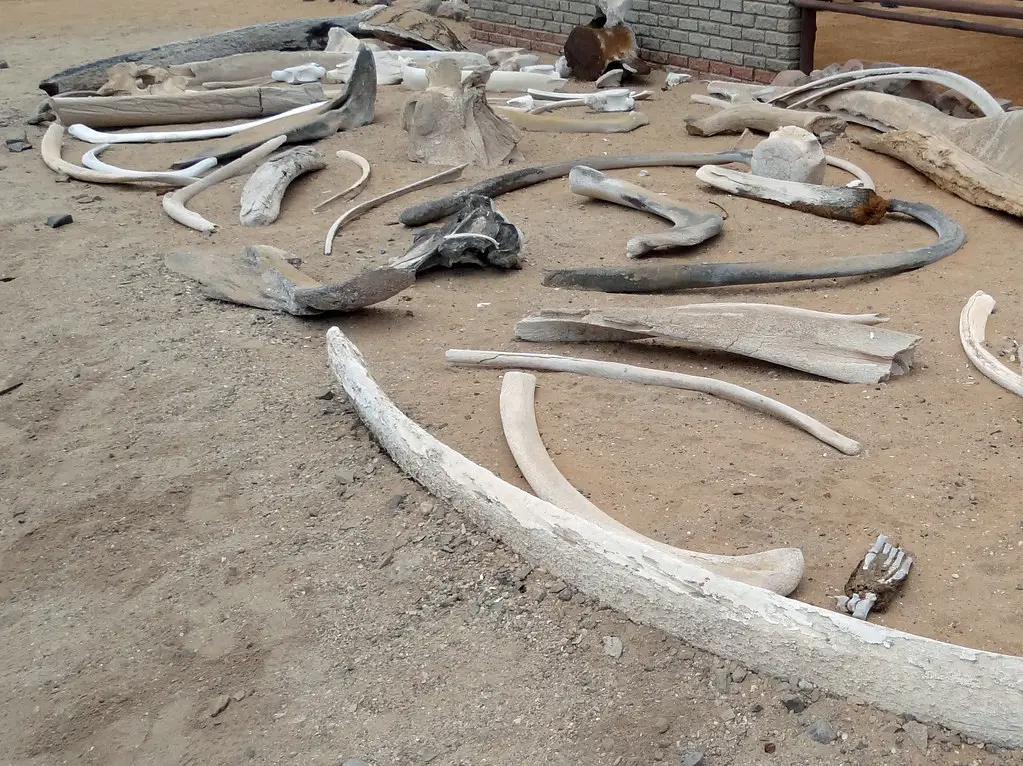
A protected area along the coast of Namibia that is home to one of the largest colonies of Cape fur seals in the world.
What to see or do: Observe the seals in their natural habitat, watch seal pups being born, and explore the beach.
Don’t miss: The opportunity to witness the sheer number of seals that call this area home. It’s an incredible sight!
Insider travel tips: Make sure to wear comfortable shoes and plenty of sunscreen as you explore the reserve.
Additionally, keep in mind that the smell of the seals can be overwhelming, so it’s best to bring a cloth to cover your nose and mouth.
Finally, consider visiting during breeding season (November-December) to see the adorable seal pups.
7. Kolmanskop Ghost Town
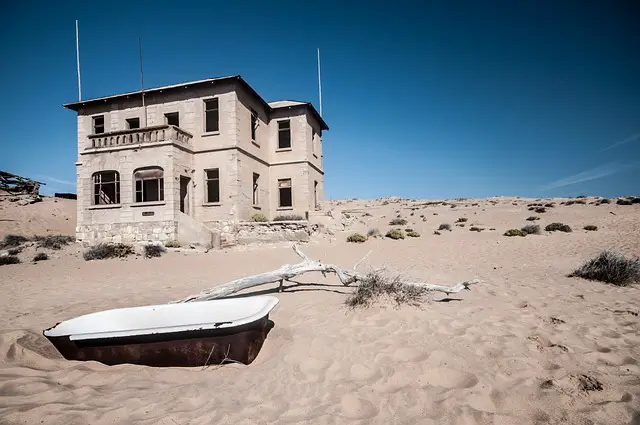
Kolmanskop Ghost Town is a deserted diamond mining town located in the Namib Desert in Namibia.
What to see or do: Explore the abandoned buildings and streets of this eerie ghost town, where the desert has slowly been reclaiming the buildings. See the remnants of a once-thriving diamond mining industry, including the old hospital and school.
Don’t miss: Visit the Kolmanskop Museum to learn about the history of the town and the diamond mining industry in Namibia.
Don’t miss the famous photo spot in an abandoned house, where the sand dunes have taken over and filled the room.
Insider travel tips: Be sure to bring plenty of water and sunscreen, as the Namib Desert can be incredibly hot and harsh. Wear comfortable closed-toe shoes for walking through the sand, and bring a camera to capture the unique scenery.
It’s also recommended to book a tour to get the full experience and insight into the history of the town.
8. Skeleton Coast
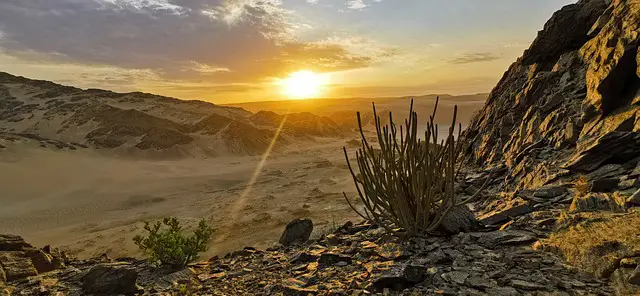
The Skeleton Coast is a stretch of rugged and inhospitable coastline spanning 500 miles along the northern coast of Namibia.
What to see or do: – Witness the haunting beauty of a barren landscape meeting the tumultuous Atlantic Ocean.
Don’t miss: – The Cape Cross Seal Reserve, home to approximately 100,000 seals.
Insider travel tips: – Due to the harsh conditions, it’s recommended to visit during the cooler months of May to October.
9. Brandberg Mountain
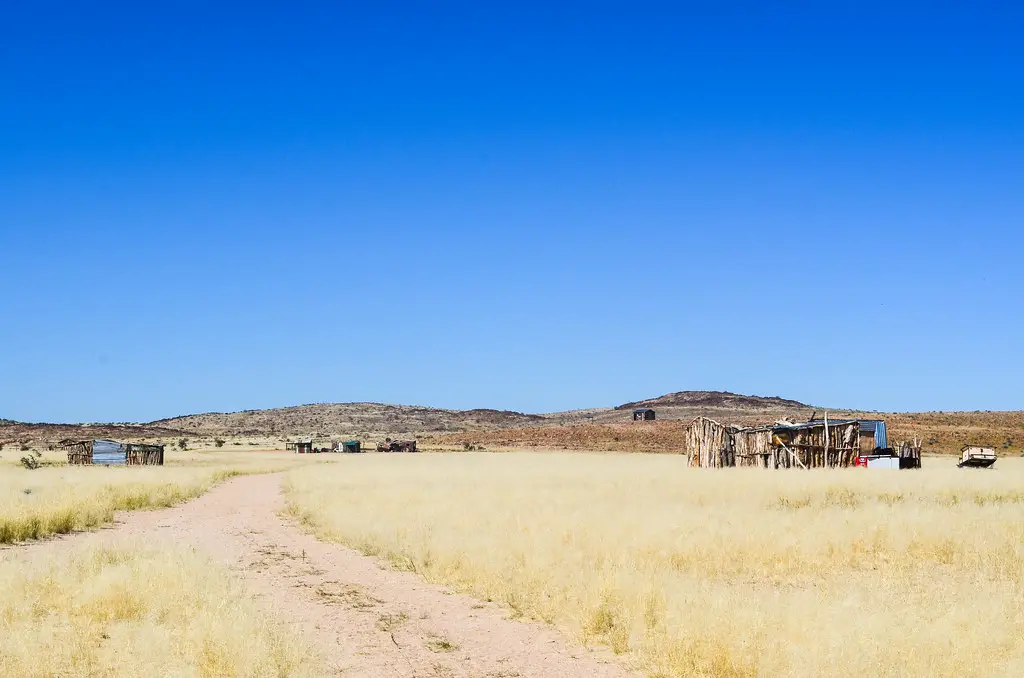
Brandberg Mountain is the highest peak in Namibia, reaching an altitude of 2,573 meters above sea level. It is a famous landmark and one of the country’s most popular tourist destinations.
What to see or do: Brandberg Mountain is a spectacular natural wonder, providing an array of outdoor activities.
Visitors can go on hiking tours, climb the mountain, take guided wildlife tours or simply enjoy the stunning scenery from a distance.
Don’t miss: The Brandberg Mountain is home to the famous White Lady rock painting, which is located in a remote cave and is believed to be over 2,000 years old.
The painting depicts a woman in white clothing and is considered to be one of the most significant archaeological sites in Namibia.
Insider travel tips: It is advisable to visit the mountain during the dry season (May-October) to avoid the wet and muddy conditions caused by the rainy season.
If you want to climb the mountain, it is recommended to do so with a guide, and to ensure that you have the right gear and enough water.
10. Epupa Falls
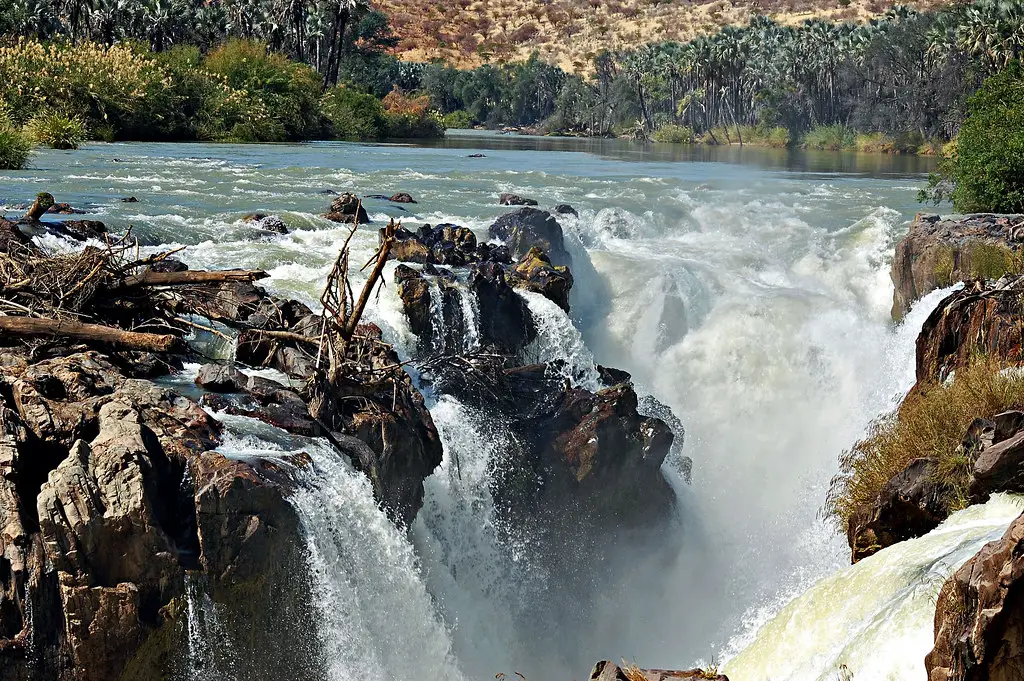
Epupa Falls is a series of cascading waterfalls located on the Kunene River, on the border of Namibia and Angola.
What to see or do: Visitors can hike along the river, take a dip in the refreshing water, and watch the stunning waterfalls. There are also opportunities to see traditional Himba villages in the area.
Don’t miss: Don’t miss the breathtaking sunset over the falls. Plus, keep an eye out for the elusive crocodiles that live in the area.
Insider travel tips: Consider visiting during the dry season (May to October) for the best views and weather.
Camping is available at the falls, but be sure to bring all necessary supplies as the nearest town is several hours away.
Additionally, be respectful of the Himba people and their traditions if visiting their villages.
11. Tintenpalast

The Tintenpalast, or Ink Palace, is the home of the government of Namibia, located in the capital city of Windhoek.
What to see or do: Visitors can take a guided tour of the building’s impressive architecture and learn about the history and workings of Namibia’s modern government.
Don’t miss: The Tintenpalast boasts stunning views of the surrounding cityscape and mountains from its rooftop terrace.
Insider travel tips: – Book a tour in advance, as visits to the Tintenpalast are only possible with prior arrangement.
12. Christuskirche
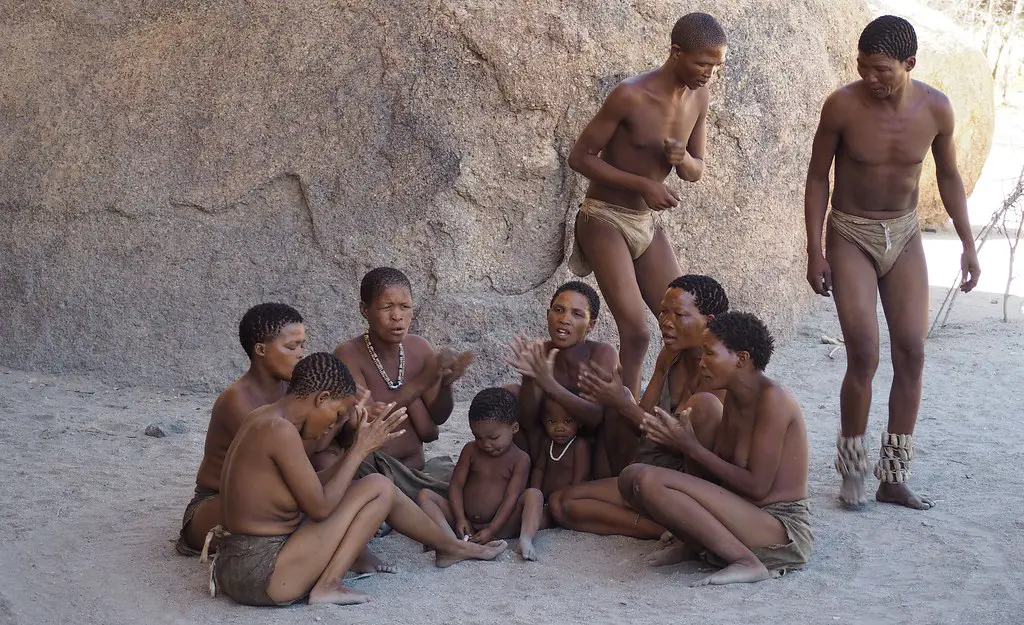
A beautiful Lutheran church located in downtown Windhoek, Namibia.
What to see or do: Admire the beautiful neo-Romanesque architecture both inside and outside the church. Attend a service or concert in the church’s well-regarded acoustics.
Don’t miss: The stunning stained glass windows, including the largest single pane stained glass window in Africa.
Insider travel tips: The best time to visit Christuskirche is during the Christmas season, when the church is illuminated and decorated with festive lights.
For a more serene experience, visit during a weekday when it’s less crowded. It’s free to visit and open to visitors of all denominations.
13. Swakopmund Jetty
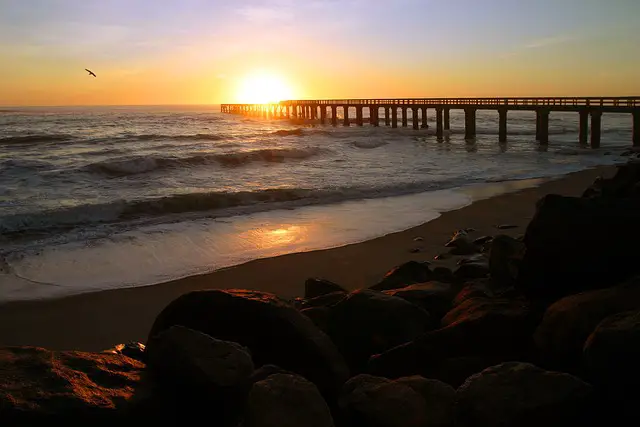
Swakopmund Jetty is a historical landmark in the coastal town of Swakopmund, Namibia.
What to see or do: The jetty is a popular spot for fishing, scenic walks, and bird watching. Visitors can also book a boat cruise, go dolphin and seal watching, or enjoy a romantic sunset.
Don’t miss: At the end of the jetty, there is a restaurant serving fresh seafood and other local delicacies. The view from the restaurant is breathtaking, especially during sunset.
Insider travel tips: For the best experience, it’s recommended to visit the jetty early in the morning or late in the afternoon to avoid the crowds.
The wind can also be quite strong, so dressing warmly is advised.
Visitors should also keep an eye out for seals and pelicans, which can often be seen swimming or lounging in the area.
14. National Marine Aquarium of Namibia
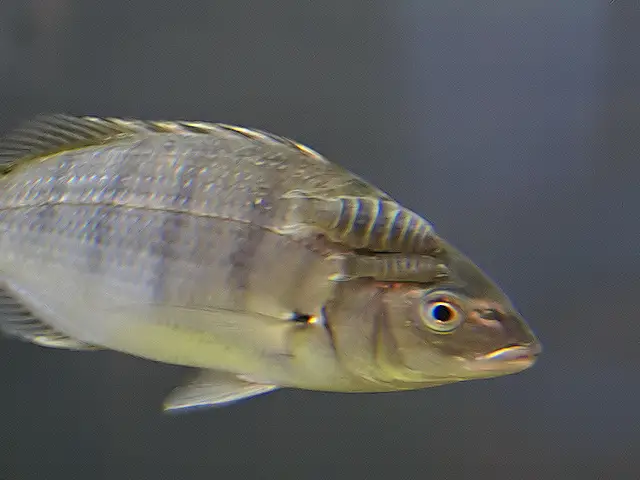
The National Marine Aquarium of Namibia is the largest public aquarium in the country and showcases marine life from the Benguela Current ecosystem.
What to see or do: Visit the 24 main exhibits and learn about the diverse marine life found in Namibia’s coastal waters. Marvel at the giant Moray eels, watch the jellyfish ballet, and see the resident seals being fed.
Don’t miss: Don’t miss the opportunity to watch feeding time at the seal exhibit. It’s a must-see experience for visitors of all ages.
Insider travel tips: – Plan your visit for feeding times to see the animals in action.
15. Alte Feste Museum
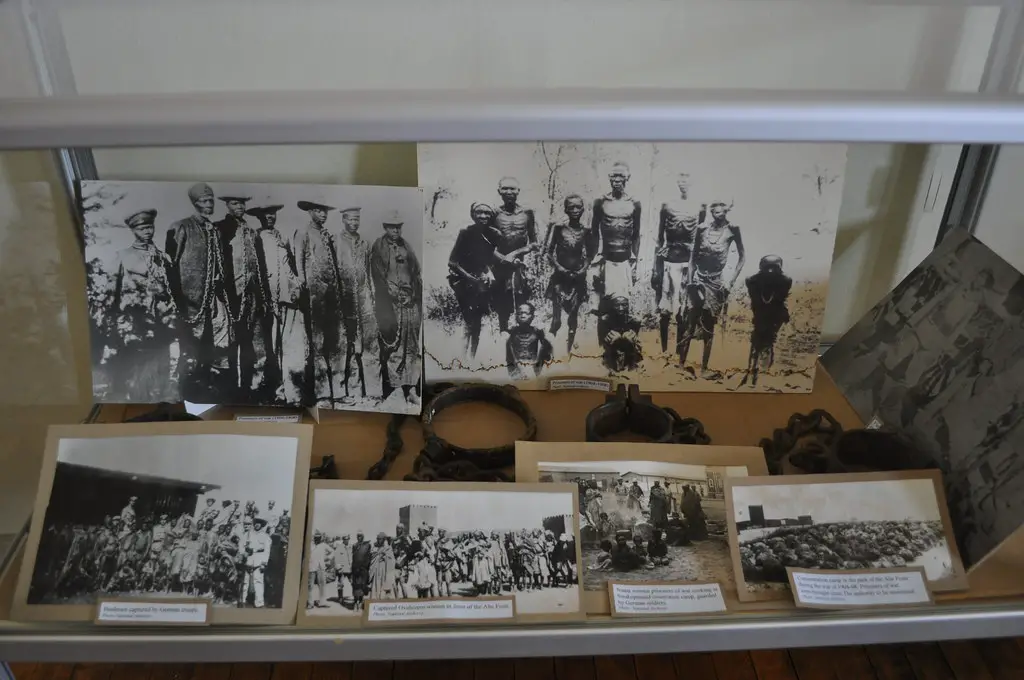
The Alte Feste Museum is a historical museum located in Windhoek, the capital city of Namibia. The museum is housed in a historic fortress that was built in 1890 by the German colonial forces.
What to see or do: The museum features exhibits that focus on the history and culture of Namibia, with a particular emphasis on the pre-colonial and colonial periods.
Visitors can view displays of traditional clothing, weapons, and tools, as well as learn about the struggle for independence from colonial rule.
Don’t miss: Don’t miss the opportunity to explore the fortress itself, which offers a unique glimpse into Namibia’s colonial past.
The fortress has been well-preserved and visitors can still see many of the original features, including the cannons that were used to defend against attacks.
Insider travel tips: – Plan to spend at least a couple of hours at the museum to fully appreciate the exhibits and the fortress itself.
16. Avis Dam Nature Reserve
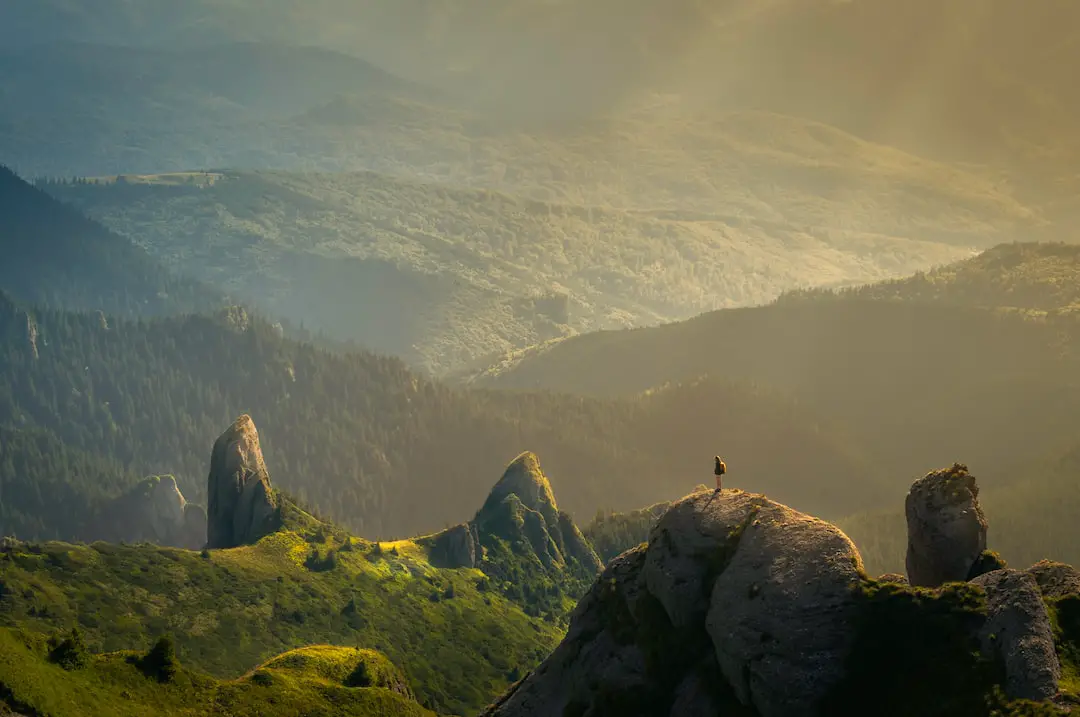
Avis Dam Nature Reserve is a beautiful wildlife sanctuary located just outside Windhoek, Namibia’s capital city.
What to see or do: Visitors can enjoy a scenic walk or hike around the reserve, which covers an area of 300 hectares and is home to a variety of bird species, reptiles, and small mammals.
The Avis Dam, which is the centerpiece of the reserve, offers opportunities for fishing and picnicking.
Don’t miss: The panoramic view from the top of the Avis Dam Wall is a must-see. It provides a stunning view of the entire reserve and the surrounding mountains.
You don’t want to miss the opportunity to witness the beautiful sunset in this serene environment.
Insider travel tips: Bring a hat and sunscreen, especially if you plan to go on a midday hike, as the Namibian sun can be quite intense.
Also, be sure to bring water and snacks as there are no facilities in the reserve. If you’re a bird lover, be sure to bring binoculars to enhance your bird-watching experience.
17. Hoba Meteorite
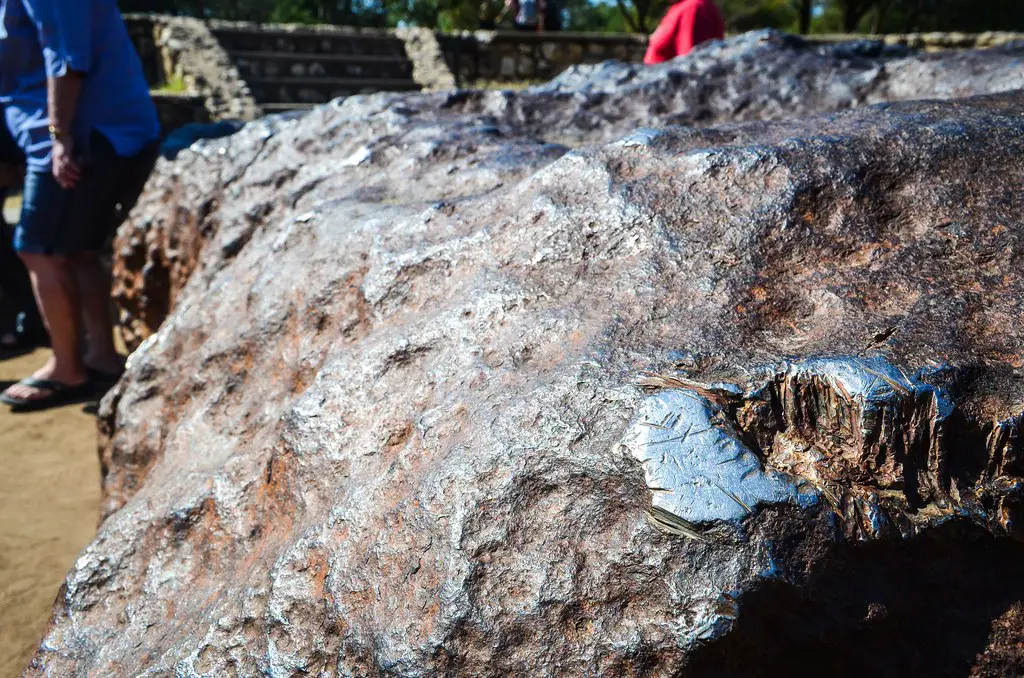
The Hoba Meteorite is the largest known meteorite on Earth, weighing over 60 tons and composed mostly of iron.
What to see or do: Visitors can view the Hoba Meteorite at its location near Grootfontein, Namibia.
Don’t miss: Don’t miss the chance to see this natural wonder that has been dated back to over 80,000 years old.
Insider travel tips: Be sure to wear comfortable shoes as it requires a short walk from the parking area to the viewing platform. Also, the best time to visit is during the cooler months of May to September.
18. Gross Barmen Hot Springs
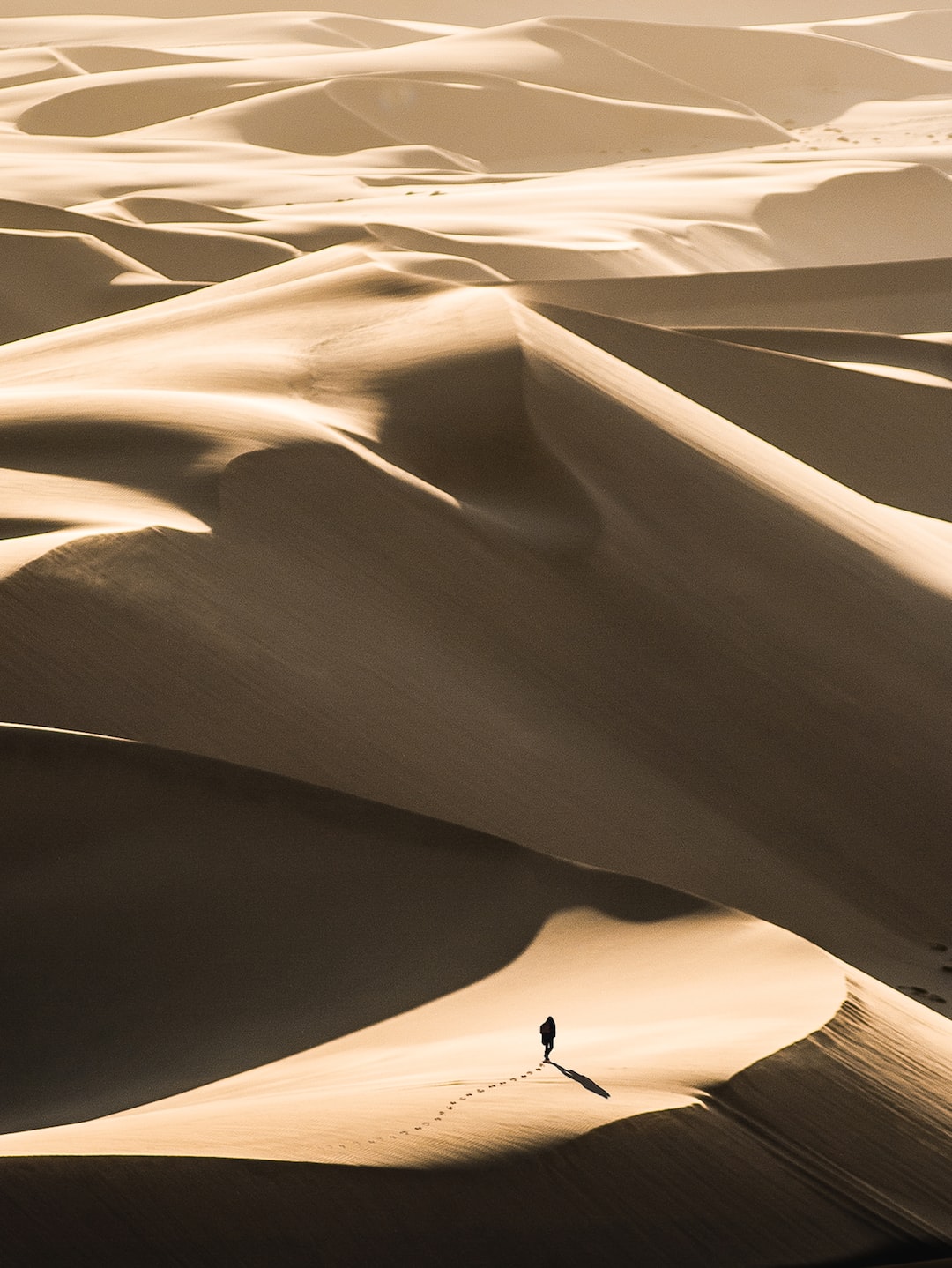
Gross Barmen Hot Springs is a natural oasis and a renowned wellness destination in Namibia.
What to see or do: Take a dip in the 65-degree Celsius hot spring, swim in the cool outdoor pool, relax in the sauna, and indulge in massages and spa treatments.
Don’t miss: The beautiful gardens surrounding the hot springs, perfect for a peaceful stroll and birdwatching.
Insider travel tips: – Visit during the week to avoid crowds and enjoy a more peaceful experience.
19. Daan Viljoen Game Reserve
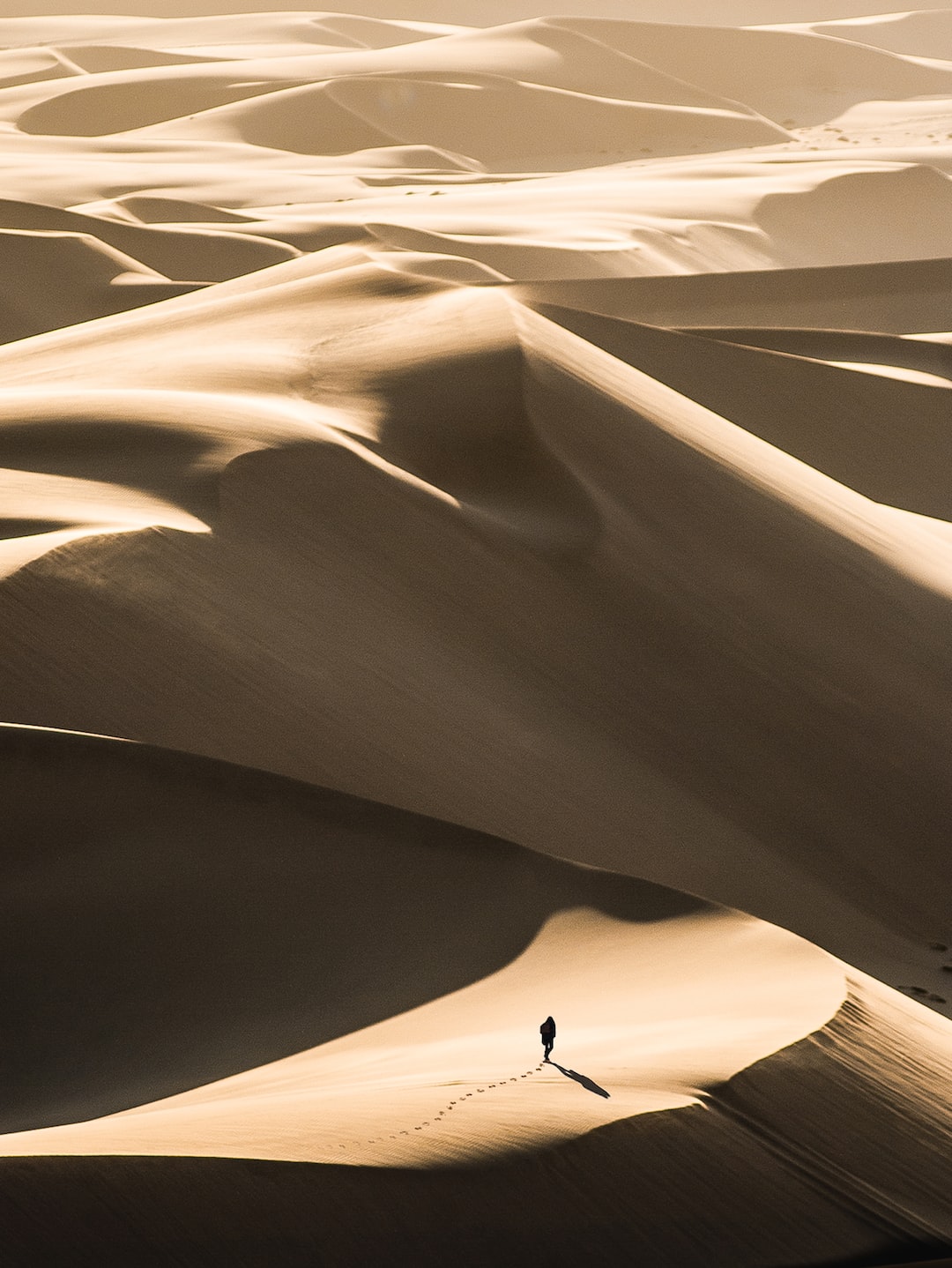
Daan Viljoen Game Reserve is a nature reserve and game park located just outside of Windhoek, Namibia.
What to see or do: Visitors can enjoy a range of outdoor activities in the park, including hiking, mountain biking, bird watching, game drives, and picnicking.
The park is home to a variety of wildlife, including zebras, giraffes, kudus, ostriches, and baboons.
Don’t miss: One of the highlights of visiting Daan Viljoen Game Reserve is the breathtaking views of the surrounding landscapes and mountains. Be sure to bring a camera to capture the stunning scenery.
Insider travel tips: The best time to visit the park is during the dry season from May to October, when the wildlife is more active and easier to spot.
Visitors should also bring plenty of water and sunscreen, as the Namibian sun can be fierce.
20. Himba Villages
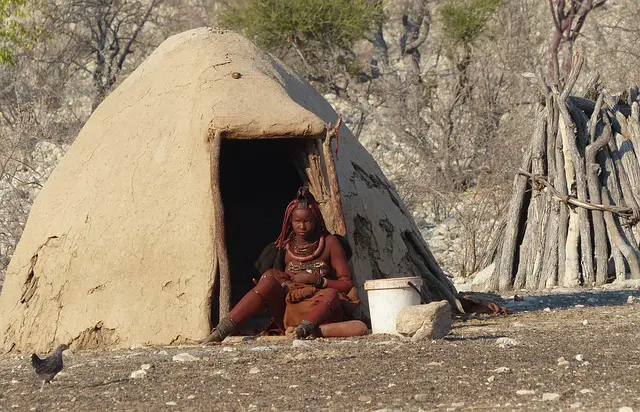
A visit to a traditional Himba village in Namibia provides an opportunity to learn about the daily life, culture, and traditions of this indigenous group.
What to see or do: Meet the locals and witness their unique way of life, characterized by distinctive hairstyles, body paint, and jewelry made from ostrich shells and copper.
Listen to ancient stories, songs, and dances, and admire the intricate woodcarvings and leatherwork made by skilled craftsmen.
Don’t miss: Participate in a smoke bath, a traditional cleansing ritual involving the burning of aromatic plants, to purify your body and soul.
Also, don’t forget to try the local cuisine, which includes dishes such as millet porridge, goat meat, and sour milk.
Insider travel tips: Remember to ask for permission before taking photos, as the Himba people are protective of their privacy and sacred traditions. Also, consider bringing small gifts or supplies as a gesture of goodwill, such as sugar, salt, or soap.
Finally, be respectful and open-minded, as this is a chance to learn about a fascinating and ancient culture.
21. Okavango River
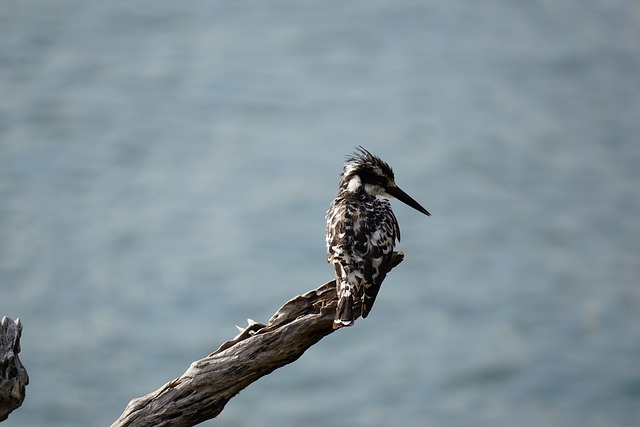
The Okavango River is a major river in Southern Africa that flows from the highlands of Angola, through Namibia and into the Okavango Delta in Botswana.
What to see or do: Take a boat ride through the Okavango Delta and experience the incredible wildlife and stunning scenery.
Don’t miss: Taking a scenic flight over the Okavango Delta, where you can take in the vastness and beauty of the area from the air.
Insider travel tips: – Visit during the dry season (May to October) when the water levels are low and the wildlife is concentrated around the river.
22. Gamsberg Pass
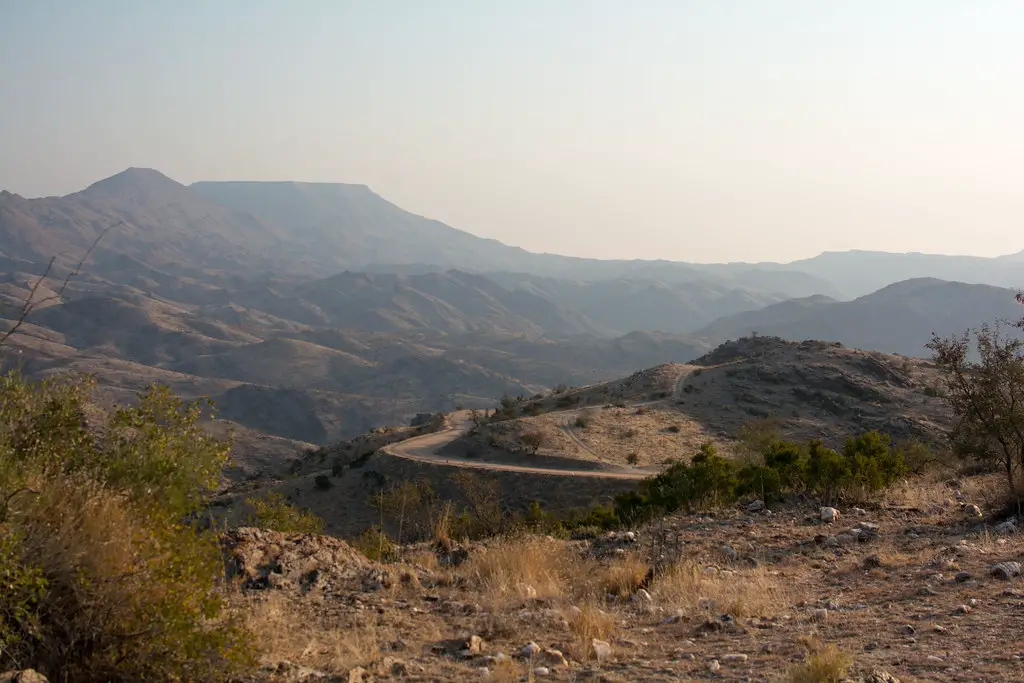
Gamsberg Pass is a mountain pass located in the Namib Desert of central Namibia, connecting the Khomas Highland and the Great Escarpment.
What to see or do: The Gamsberg Pass offers spectacular views of the surrounding desert landscape and the mountains. It is a popular route for 4×4 enthusiasts, hikers, and mountain bikers.
Along the way, you will pass by rocky outcrops, massive boulders, and steep cliffs.
Don’t miss: Don’t miss the opportunity to take photos of the stunning scenery from the top of the pass. Keep an eye out for wildlife such as baboons, wild horses, and kudu.
Insider travel tips: Be sure to bring plenty of water and snacks as there are no facilities along the pass.
It is also important to check the weather and road conditions before traveling as the pass can be dangerous during rainy or foggy weather.
For the best experience, it is recommended to visit during the dry season (May-October).
23. Pamona Pick & Pack
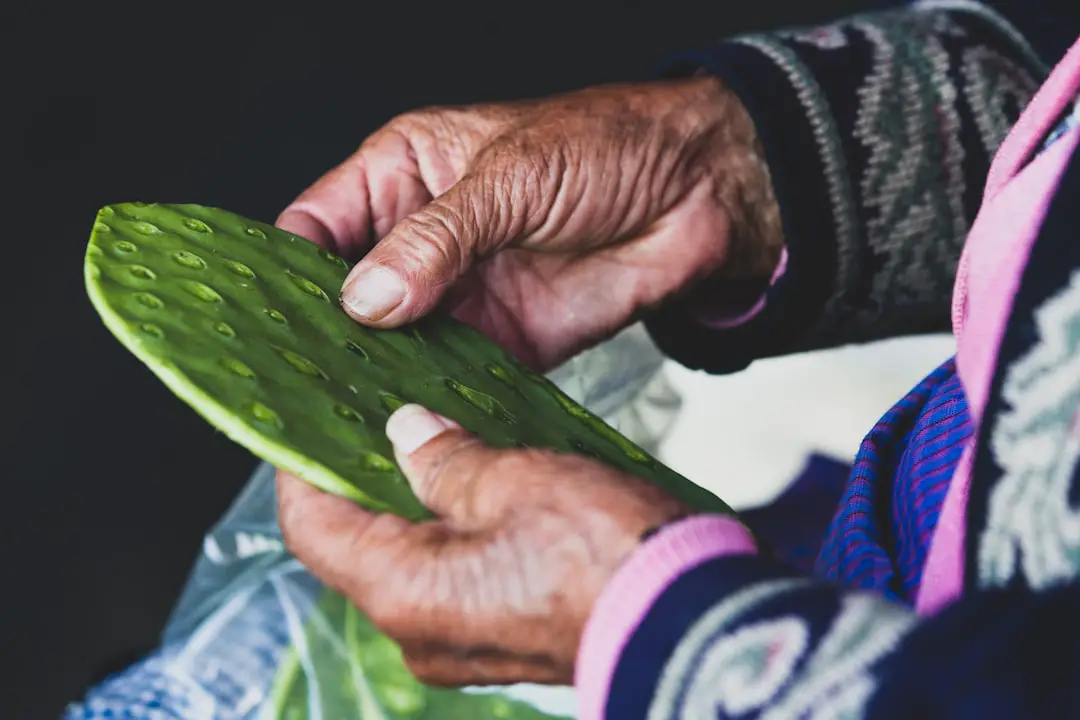
Pamona Pick & Pack is an innovative food distribution service that connects small farmers with retailers and restaurants.
What to see or do: Experience the sustainable farming and food journey by ordering custom produce from local farmers.
Don’t miss: The chance to taste the fresh, organically grown fruits and vegetables, which are delivered within 24 hours of being picked!
Insider travel tips: Make sure to place your order in advance to ensure prompt delivery.
24. Living Museum of the Ju/’Hoansi-San
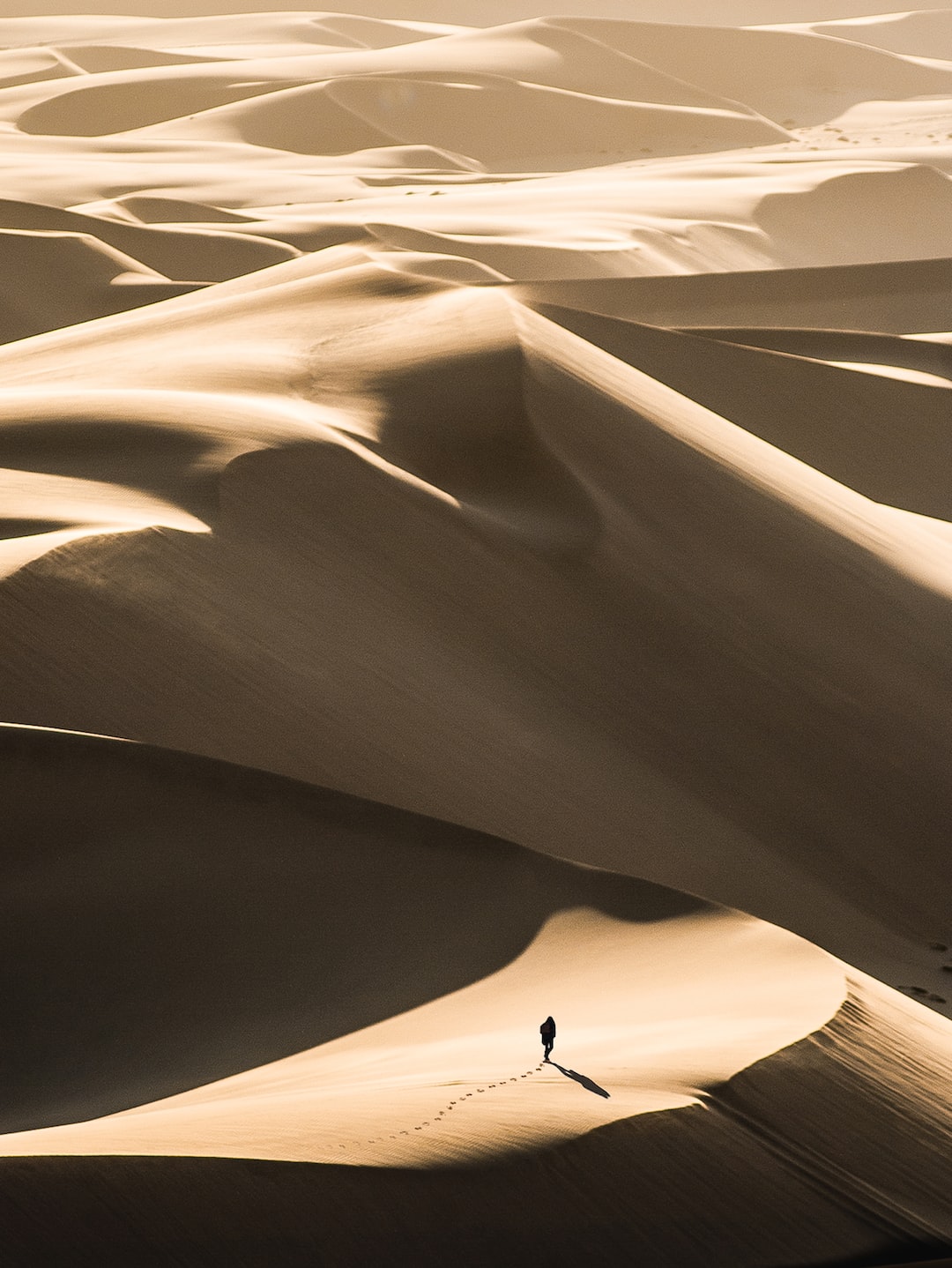
A community-based museum in Namibia that documents the traditional lifestyle of the Ju/’Hoansi-San people.
What to see or do: Visitors can take guided tours of the museum and learn about the San’s history, culture and traditions. See how they hunt, gather and farm as well as how they make their handcrafts.
Don’t miss: The chance to interact with the Ju/’Hoansi-San people and to witness their traditional dances and songs.
Insider travel tips: Bring cash or items such as clothes or food to purchase handmade crafts and support the local community. Wear comfortable shoes as there is a lot of walking involved in the tour.
25. Oanob Dam Wildlife Park
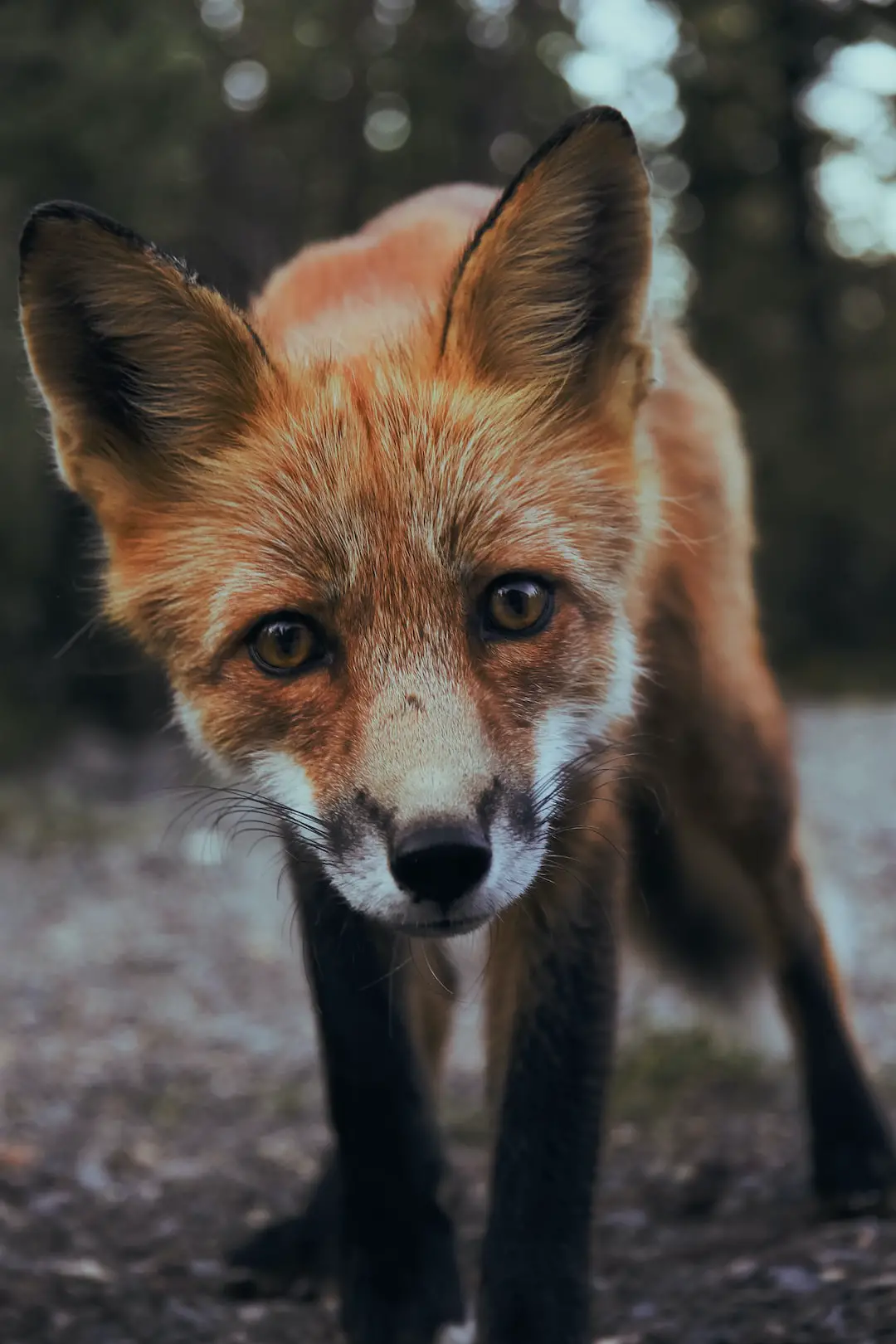
A wildlife park located near the Oanob Dam in Namibia, offering a variety of animals and activities for visitors.
What to see or do: See a range of African wildlife including zebras, giraffes, elands, oryx, kudus, and baboons in their natural habitat.
Take a guided game drive or walk, go bird watching, enjoy a picnic, or relax on the scenic shores of the dam.
Don’t miss: The sunset game drives, which offer spectacular views of the sun setting over the African savannah.
Also, be sure to keep an eye out for the park’s resident cheetahs, which can often be spotted lounging in the shade.
Insider travel tips: Bring plenty of water, sunscreen, and insect repellent, as the park can get quite hot and buggy.
Consider bringing binoculars for optimal wildlife viewing, and be respectful of the animals and their habitat by following the park’s rules and guidelines.
26. Dassie Trail Hike
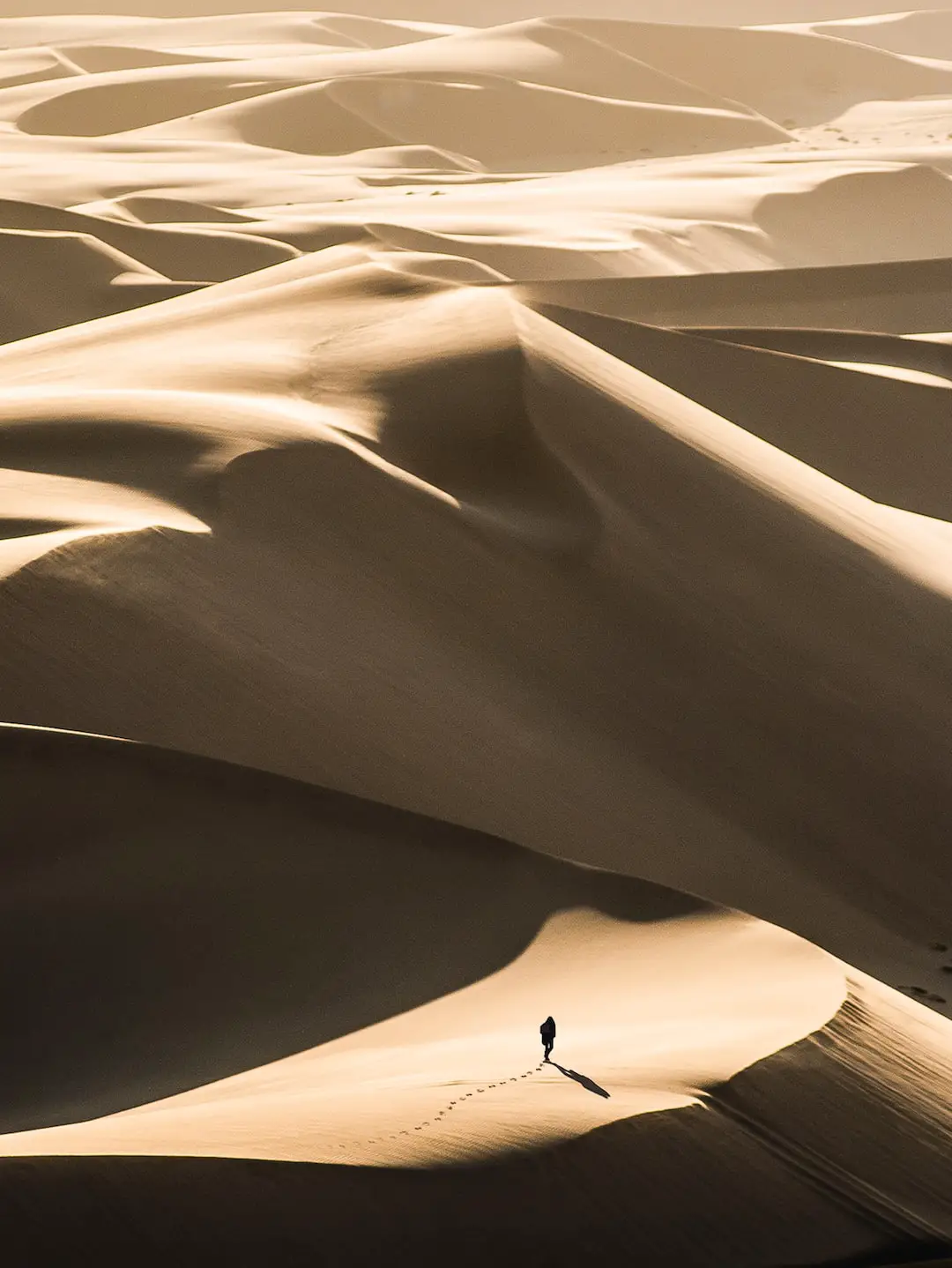
The Dassie Trail Hike is a 3.7 kilometer loop trail located in the Cape of Good Hope section of Table Mountain National Park.
What to see or do: The hike offers stunning views of the Atlantic Ocean and the rocky coastline. Along the way, visitors can see dassies, which are small, furry mammals that resemble guinea pigs.
Don’t miss: The trail leads to the Cape of Good Hope, the southwesternmost point of the African continent. Visitors can take a photo with the iconic sign that marks the location.
Insider travel tips: – Wear comfortable shoes as the trail can be rocky and uneven.
27. Mile 108 Camp
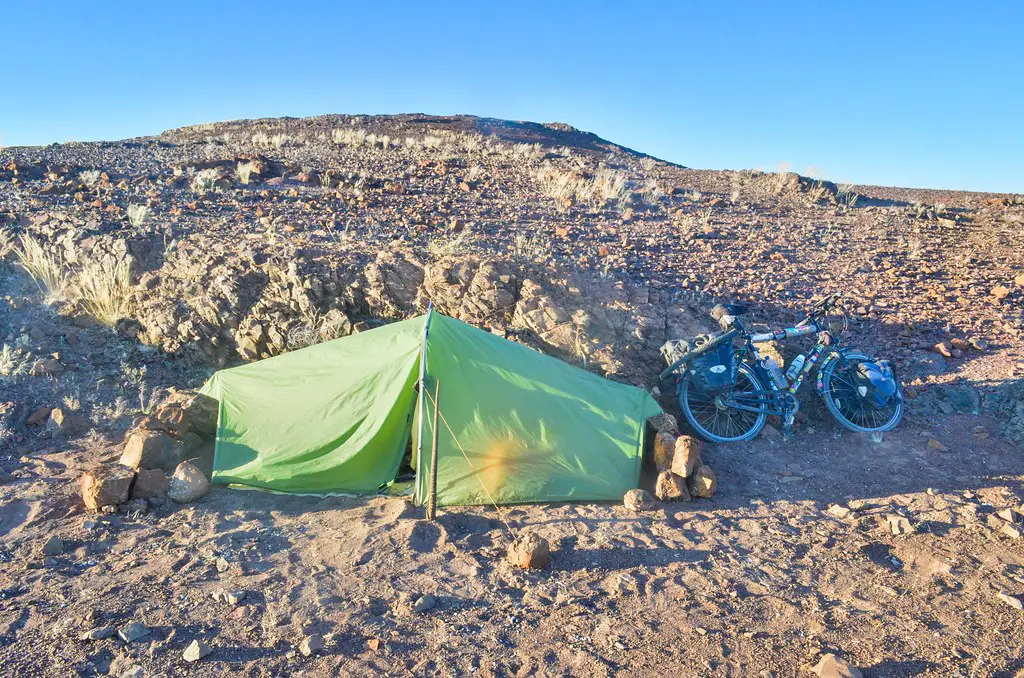
A remote and primitive camping spot located at mile 108 on the Denali Highway in Alaska.
What to see or do: Enjoy stunning views of the surrounding wilderness, including the Alaska Range and Maclaren Glacier. Go fishing in nearby streams or hike through the nearby wilderness.
Don’t miss: Be sure to bring your camera, as the scenery is truly breathtaking. Also, keep an eye out for the local wildlife, including grizzly bears, caribou, and moose.
Insider travel tips: Be prepared with essential camping gear, including a reliable water source and bear-resistant food containers. The Mile 108 Camp is only accessible during the summer months, so plan your trip accordingly.
Finally, make sure to bring plenty of bug spray, as the mosquitoes can be quite fierce in this area.
28. Tsumeb Museum

The Tsumeb Museum is a natural history museum located in the town of Tsumeb, Namibia.
What to see or do: Visitors can view an impressive collection of minerals, including some of the rarest and most valuable in the world. The museum’s displays also feature exhibits on the town’s mining history, as well as on the region’s wildlife and geology.
Don’t miss: Don’t miss the museum’s centerpiece, the massive Tsumcorite crystal, which is one of the largest of its kind in the world.
Also, be sure to check out the reconstructed mining town exhibit, which gives visitors a glimpse into daily life during Tsumeb’s mining heyday.
Insider travel tips: – To fully appreciate the museum’s impressive mineral collection, bring a magnifying glass or ask for one at the front desk.
29. Epoko Art Tours
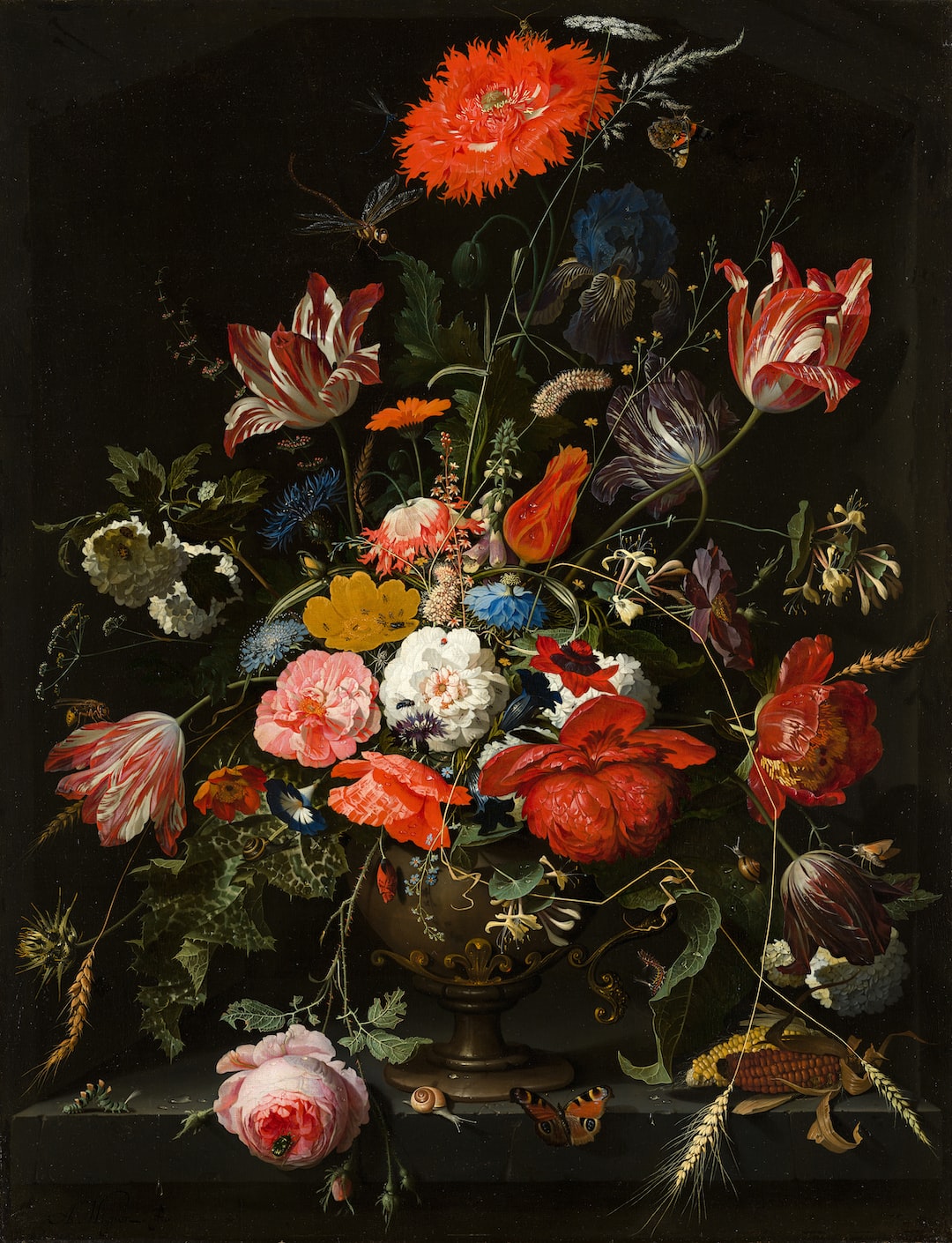
Epoko Art Tours is a tour company that specializes in guided excursions in Johannesburg, South Africa, focusing on the city’s vibrant art scene.
What to see or do: The tour takes you through the city’s rich history of activism and creative expression, as well as showcasing the current contemporary art scene.
You’ll visit galleries and studios featuring works by both established and emerging artists, and gain insight into the social and political context of their work.
Don’t miss: At the end of the tour, you’ll get to enjoy a glass of wine and talk with the artists about their work and the city’s vibrant creative community.
Insider travel tips: Make sure to wear comfortable shoes, as the tour involves a fair amount of walking.
Also, don’t be afraid to ask questions and engage with the artists – they love talking about their work and sharing stories with visitors.
💪 Support independent web, support us:
